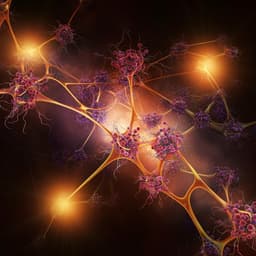
Medicine and Health
Neddylation of HER2 Inhibits its Protein Degradation and promotes Breast Cancer Progression
X. Xia, T. Hu, et al.
This groundbreaking study reveals that HER2 neddylation regulates its expression and oncogenic activity, shedding light on a potential therapeutic target for breast cancer. Conducted by Xiaohong Xia and colleagues, the research uncovers how inhibiting neddylation enhances HER2 degradation and can synergize with trastuzumab to combat HER2-positive breast cancer.
~3 min • Beginner • English
Related Publications
Explore these studies to deepen your understanding of the subject.







